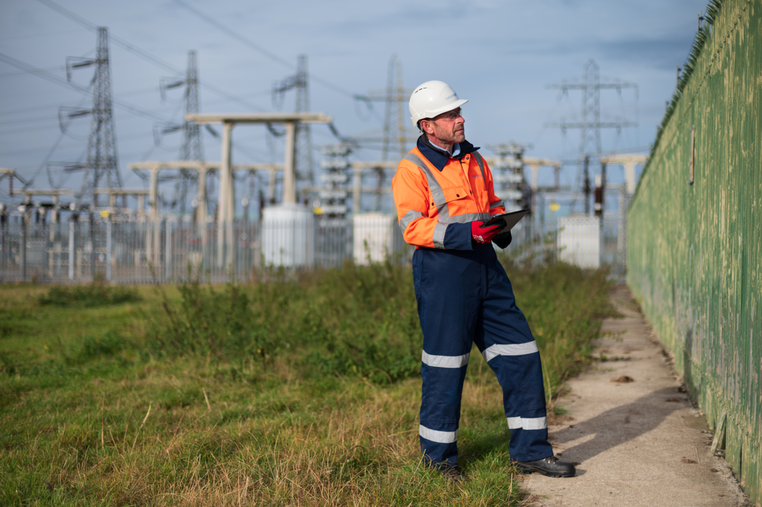Yorkshire GREEN Case Study
The Project
The Yorkshire Green Energy Enablement (GREEN) project is a proposal by National Grid Electricity Transmission to upgrade and reinforce the high-voltage power network, so that more low-carbon energy can get to homes and businesses in Yorkshire and further afield.

The project proposes new infrastructure including substations, overhead lines, underground cables, and cable sealing and compounds (where underground cables meet overhead lines). It also includes work to upgrade the existing transmission system, including some installation of new equipment at existing sites.
Background
The Yorkshire GREEN project is classified as Nationally Significant Infrastructure Project and under the Planning Act 2008 needs to have a Development Consent Order (DCO) granted by the Secretary of State before it can be constructed. As part of this process, we are required to consult on our project proposals. On the Yorkshire GREEN project, we held non-statutory consultation in Spring 2021 and statutory consultation from October to December 2021.
How feedback is shaping our approach to consultation and engagement
Before non-statutory consultation in Spring 2021, we consulted the host local authorities on our proposed Consultation Strategy and used their feedback to finalise our consultation approach. Due to Covid restrictions our approach did not allow for face-to-face events or for hard copies of materials to be available in deposit sites such as libraries.
Similarly, our statutory consultation was shaped through engagement with local authorities on our draft Statement of Community Consultation (SoCC) in addition to any feedback received from our non-statutory consultation. Having incorporated feedback, we agreed our consultation strategy with local authorities before delivering our consultation. View final SOCC.
As Covid guidelines had changed since our non-statutory consultation, in addition to engaging digitally (which opened up consultation to a broader audience) we were also able to hold public events and make hard copies of materials available for our statutory consultation.
Key changes to our approach between our first and second rounds of consultation included:
- Mailing zone: The consultation mailing zone was expanded to ensure more people were made aware of our statutory consultation. This was in response to the level of feedback received during non-statutory consultation, changes to the project’s red line boundary and in recognition of more detailed information becoming available at the statutory consultation stage.
- Interactive elements: Feedback from non-statutory consultation suggested that the information we were communicating was very complicated. For statutory consultation, we took further steps to clearly present our proposals. We introduced an interactive map, flyover video and animations to help people understand the very complex information.
- Hard-to-reach groups: Given limited engagement from hard-to-reach groups during the non-statutory consultation, direct phone calls and emails were made in advance of the consultation launch. Materials were offered in different formats (e.g. large print and braille) to these groups in advance of and during the statutory consultation. Hard copy documents were also made available in recognition of face-to-face engagement being introduced.
- Consultees: Following insight gathered between consultation phases, additional stakeholders were identified and consulted during the statutory consultation. This list included stakeholders suggested by local authorities.
- Briefings: A wider invitee list was drawn up for pre-consultation briefings, including all political officers at the respective local authorities and wider parish council representatives. The approach to consultation was shared with these stakeholders and we welcomed suggestions for additional stakeholders to engage and how best to reach out to them.
- Hard copy documents were made available within and outside of the core consultation mailing zone. People were able to collect consultation booklets and feedback questionnaires from libraries and other locations.
- Face-to-face: Given changes in Covid guidelines since non-statutory consultation, we were able to hold four face to face events for statutory consultation in addition to online briefings and webinars.
- Online: as with non-statutory consultation, all information for statutory consultation was available online. We made the pages easier to navigate and created additional content including an animation explaining the consenting process.